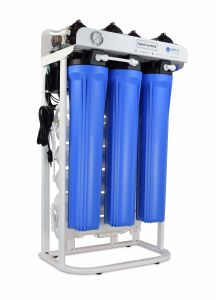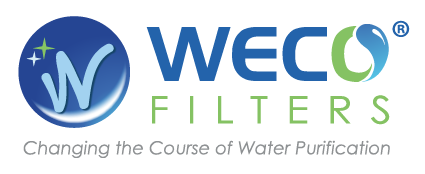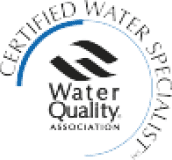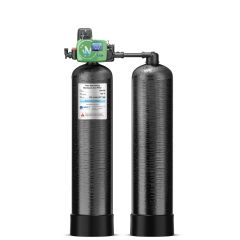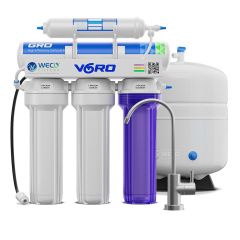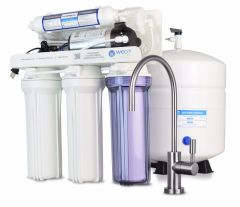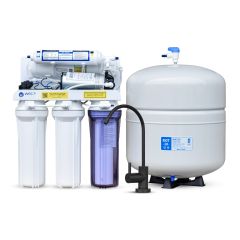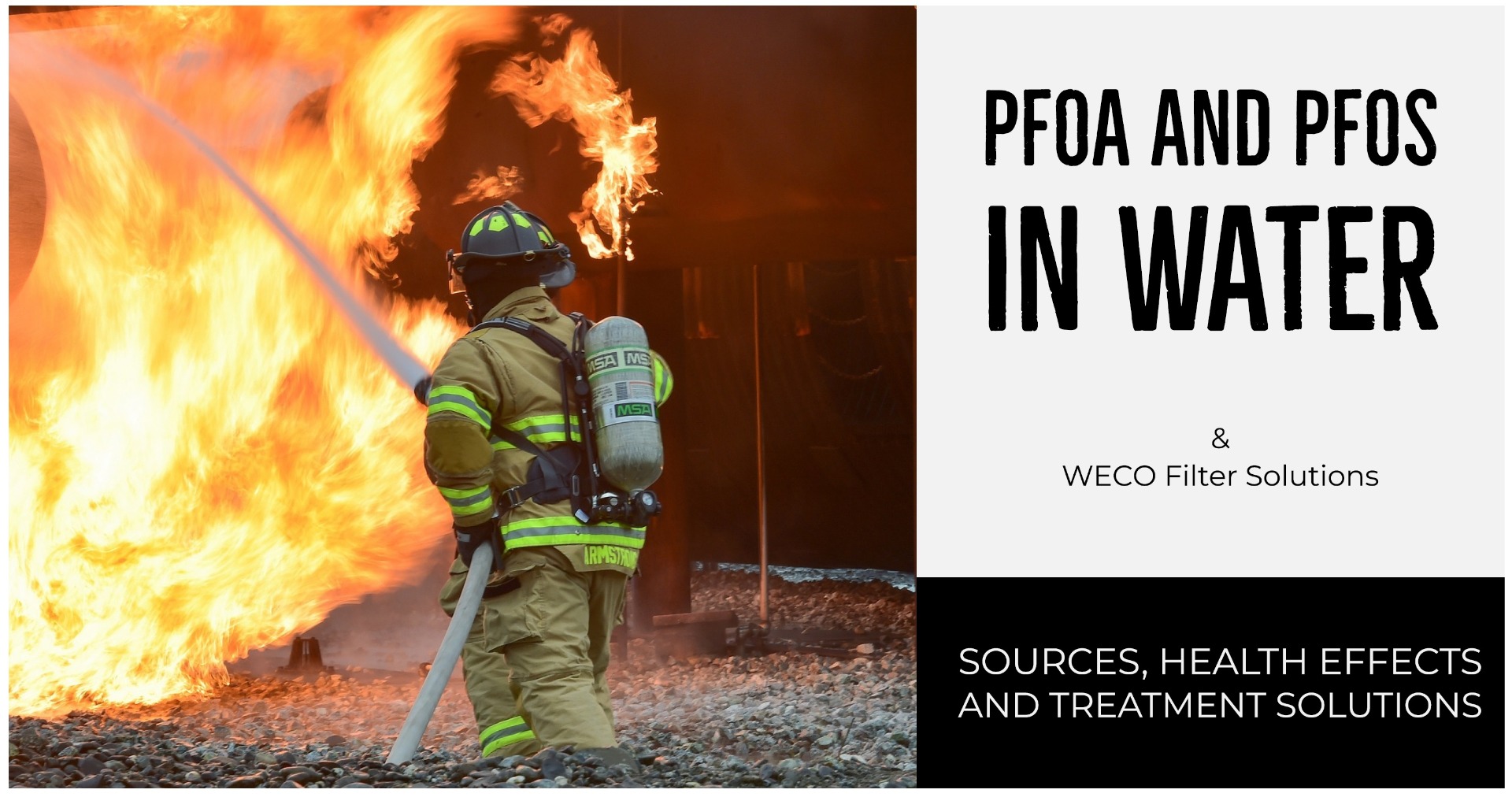
Perflourochemicals (PFCs) – What are they, and where did they come from?
PFCs are manmade synthetic chemicals commonly used to manufacture teflon cookware, carpet, clothing, pizza boxes and airport fire-fighting chemicals. They can enter the water supply from chemical dumping, water run-off, landfills and airfields. Contamination is usually located near a source of the chemicals and can affect private wells and municipal water supplies.
First developed in the 1950s in the US, PFCs have dual hydrophobic and hydrophilic properties, meaning that when applied to a material surface as a coating they are extremely water and oil resistant, and reduce friction between moving parts. The very properties that make PFCs so useful in household and industrial appliances now make them so problematic in contaminating waterways and drinking wells across the US. As a synthetic chemical, the carbon-fluorine bond in PFCs is one of the strongest chemical bonds and means they do not break down naturally and cannot be biologically degraded. This means when ingested from a water source they accumulate within the human body.
There are hundreds of different types of PFCs, which are categorized based on how ‘long’ or ‘short’ the molecule is based on the number of bonded carbon and fluorine atoms – all PFCs are invisible to the human eye. Two of the most common and concerning PFCs are PFOA (perfluorooctanoic acid), and PFOS (perfluorooctane sulfonate), the molecules of these PFCs are shown below. PFOA, PFOS and many other PFCs are often abbreviated under the PFAS (polyfluoroalkyl substances) chemical family. Because PFAS is so common, health impacts and removal of PFCs are normally benchmarked against PFAS

Health Effects of PFOA and PFOS and Updated 2024 EPA Guidelines:
For the last several years, scientists and regulatory organizations have been performing long term health studies to understand the real health impacts of PFCs, including PFOA and PFOS. In April 2024, in acknowledgement of the growing evidence in linking PFC to health issues including cholesterol, thyroid cancer, testicular cancer, ulcerative colitis and kidney cancer, the US EPA announced a significant update to its previous 2016 Health Advisory level for PFAS of 70 parts per trillion (PPT).
The 2024 EPA update now includes maximum contaminant levels for six different species of PFAS under the Clean Water Act, and has an almost 18 times reduction requirement of PFOA/PFOS from 70 PPT to 4 PPT.
Concerningly for households relying on municipal water supplies, the EPA’s announcement also gives water authorities 5-years to comply to the new PFAS targets and does not legally enforce them to notify users of PFAS contamination levels until 2027. The significant infiltration of PFAS into drinking wells means millions of households across the US now have their sole water source contaminated with chemicals that the EPA has deemed harmful.
How to Remove PFAS in your Household:
Both private well users, and those supplied by a municipality are now facing the challenge of knowingly drinking harmful chemicals. WECO recommends households, particularly private well users, to obtain reputable laboratory testing of their water source. If PFAS is found to be present, there are several available point-of-use and whole-house filters available to provide consistent, clean, and PFAS free drinking water.
PFAS species can be effectively removed by WECO’s certified granular activated carbon (GAC), and ion exchange resin (IXR) media products used in Point-of-Use applications. PFAS is adsorbed onto these media, which simultaneously also reduces turbidity, and removes other pollutants such as heavy metals, nitrate, and chlorine. Once the media is exhausted, WECO performs collection, and appropriate disposal of the media via incineration. Disposal of the media to landfill results in leaching these dangerous chemicals back into the soil and waterways, further contaminating other water sources.
WECO’s studies have found that GAC is effective in removing long-chain PFAS species, whilst IXR is also effective in removing short chain PFAS. These filters media can be provided in series to provide robust protection against the majority of PFAS species.
In most cases a whole-house activated carbon filter is the Best Available Technology (BAT) for treatment of these chemicals. Another option is a WECO reverse osmosis filtration system with carbon block and granular activated carbon pre-filtration stages and granular activated carbon post filtration. Complete 5-stage water purification system removes tastes and odors along with suspended particles like sand and grit, chlorine, chloramine, carcinogenic chemicals, pesticides, solvents, and heavy metals like lead, cadmium, copper and arsenic. WECO whole-house and commercial filtration systems are also available.
No two well water compositions are the same, and PFAS contamination varies significantly throughout the US. Upon obtaining a water analysis, WECO can advise a tailored treatment approach that ensures appropriate protection for your household.
PFOA & PFOS
-
 WECO CATX-1054-OZ Backwashing Filter With Catalytic Carbon for Chlorine, Color & Odor ReductionSKU#:CATX-1054-OZPrice: $2,961.54 As low as Price: $2,665.39
WECO CATX-1054-OZ Backwashing Filter With Catalytic Carbon for Chlorine, Color & Odor ReductionSKU#:CATX-1054-OZPrice: $2,961.54 As low as Price: $2,665.39
¡Hablamos Español!
Ask a Certified Water Specialist-
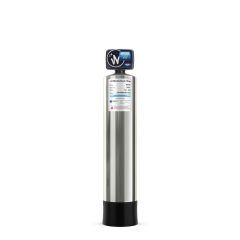 WECO CCMG-1054 Backwashing Filter with Catalytic Activated Carbon and KDF-85® Media GuardSKU#:CCMG-1054Price: $2,549.00 As low as Price: $1,911.75
WECO CCMG-1054 Backwashing Filter with Catalytic Activated Carbon and KDF-85® Media GuardSKU#:CCMG-1054Price: $2,549.00 As low as Price: $1,911.75 -
